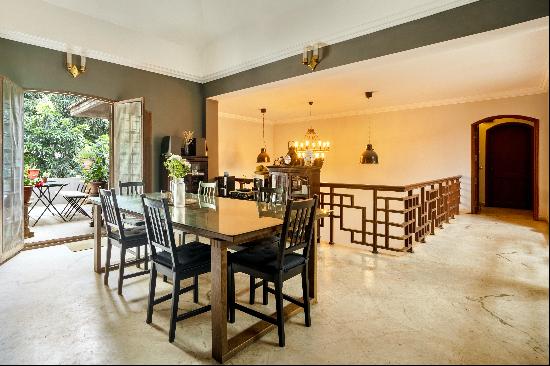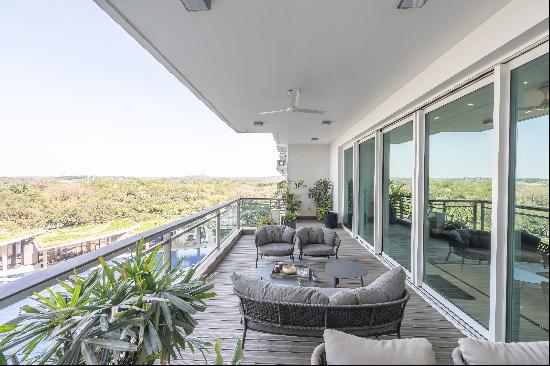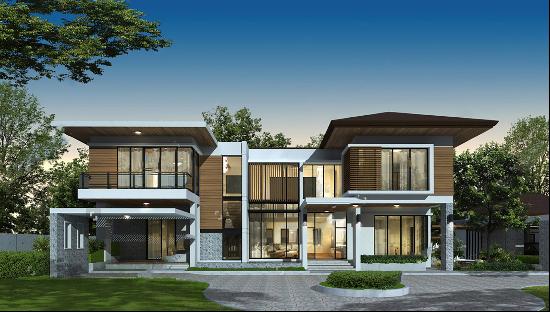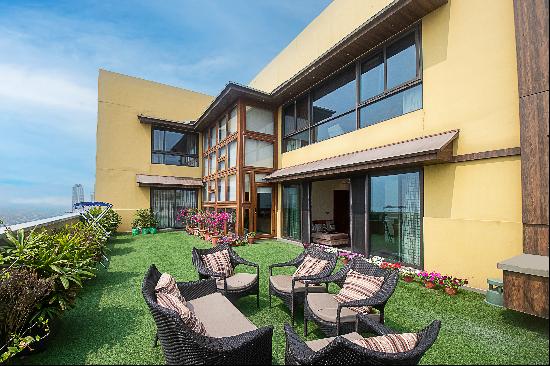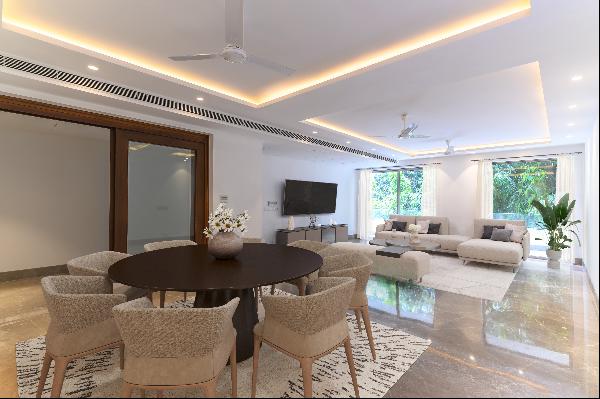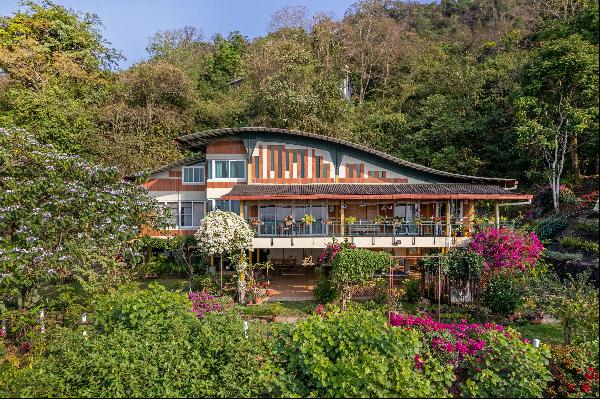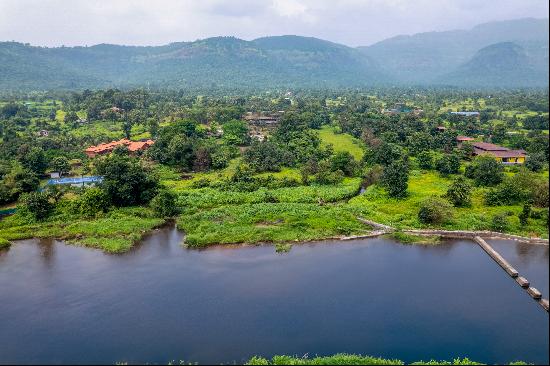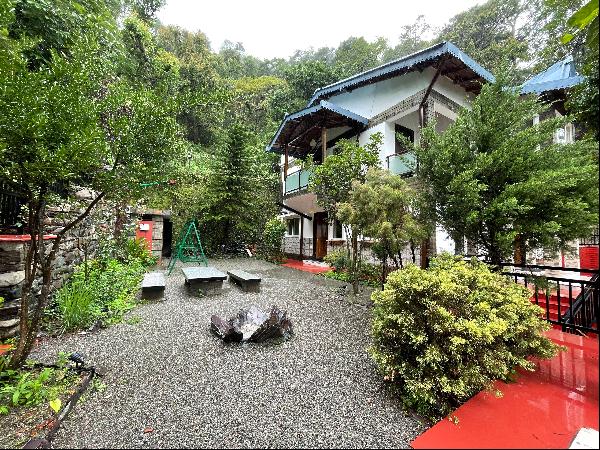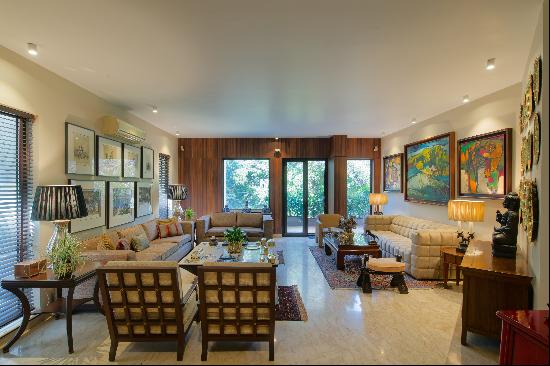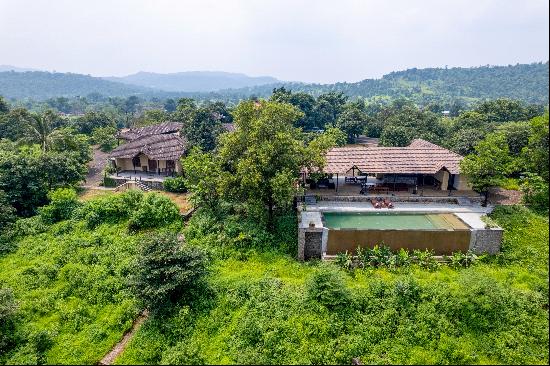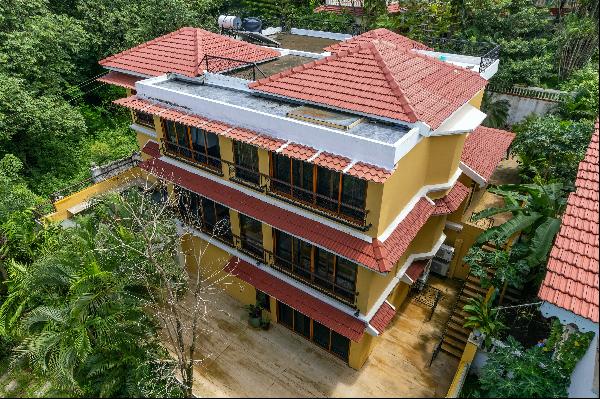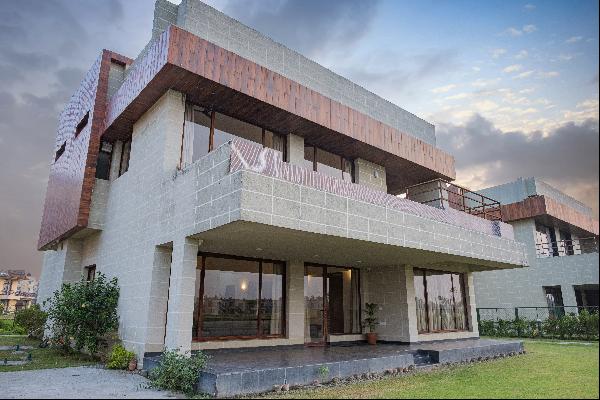
By Saima Mir
I grew up surrounded by the lush green hills and valleys of Yorkshire. Nestled in the varied hues of Bradford were imposing mills of golden stone that were once the harbingers of fortune. Gothic revival was the favoured style and it was everywhere from City Hall to the Wool Exchange that later became a bookshop. There were the cobbled streets of Little Germany and, walking across them, there was me, a young woman of south Asian heritage.

Raised in a spacious four-storey semi-detached house, I often looked out from my attic bedroom, with its bookcase of favourite reads, over the English landscape. As I did so, I dreamt of the palatial homes that my forefathers had inhabited in south Asia; of marble floors and high ceilings with spinning fans, of spacious gardens with manicured lawns and great big potted plants. Houses such as the one in Attia Hosain’s Sunlight on a Broken Column.
The novel’s heroine, Laila, lives in a sprawling villa in Lucknow, the northern Indian city known as the seat of Urdu poetry, etiquette and culture. The book speaks of the lives of the upper classes, the nabobs, the rajas and the taluqdars pre-partition. As Laila navigates the contradiction between her education and the patriarchy into which she was born, she wanders through the sumptuous rooms, courtyards and corridors of privilege.
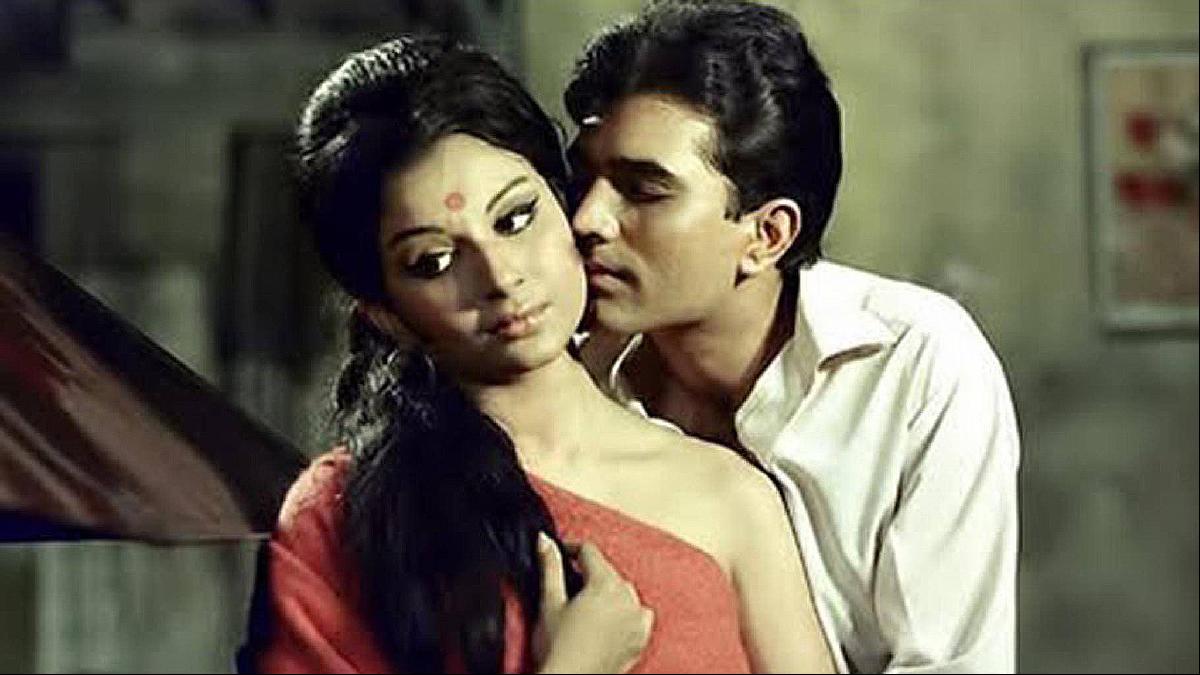
On every page I hear the sound of the koel bird, feel the warmth of the sun and smell the wafting fragrance of hot coals ready to grill feasts for sumptuous dinner parties. I imagine sitting in the courtyard, sipping hot chai, and biting into crisp, freshly made samosas. If I lived in her villa, I would take long, thoughtful walks in the grounds when the sun was low in the sky, and then retire to the roof terrace to enjoy the cool breeze and the voice of the Pakistani singer Noor Jehan and poetry of Faiz Ahmad Faiz.
The world of pre-partition India no longer exists but, if it did, I imagine that the fictional soirées and sojourns Hosain describes would take place in somewhere like this four-bedroom glass villa (also main picture) in the village of Dhokawade near Alibaug in Maharashtra, which is on the market for Rs139m ($1.9m).
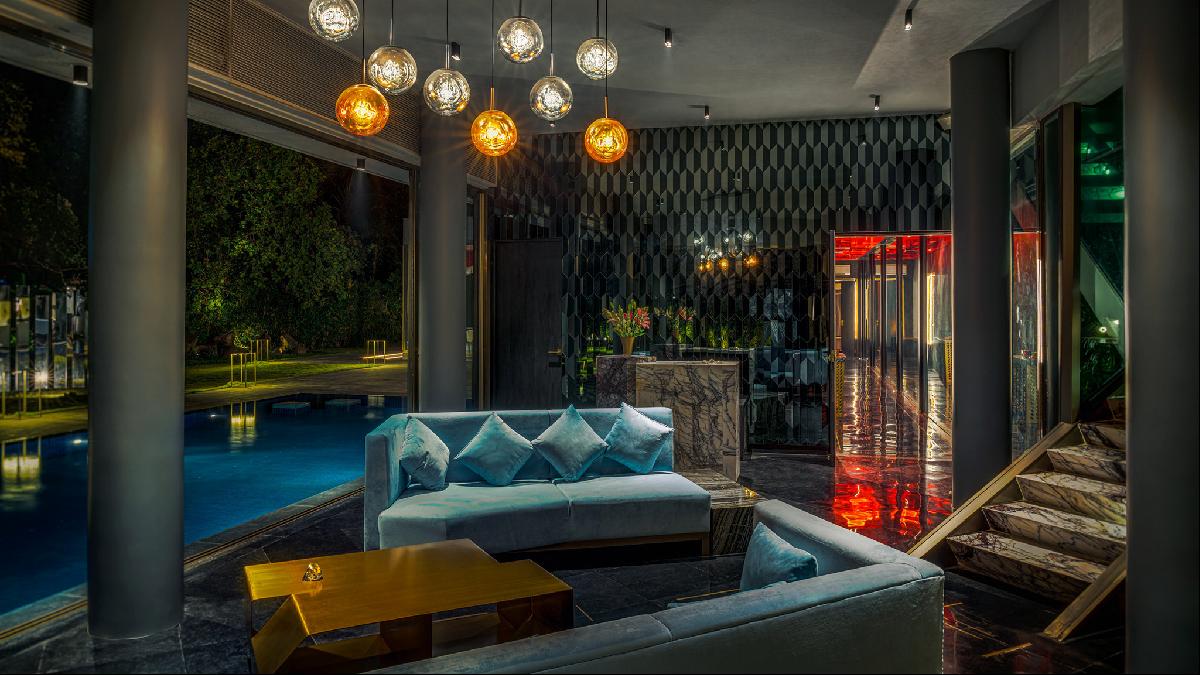
With its swimming pool and pavilion, I would hold intimate gatherings for the literati. The tranquility of the place would be perfect for our introverted, writerly natures. We would work feverishly during the days, being kept cool by the central air conditioning, and then take a dip in the late afternoon to refresh ourselves before dinner was served.
When we tired of the opulence, we would head to Mussoorie in Uttarakhand for a spot of sari shopping and stay at this six-bedroom cottage, priced at Rs130m ($1.74m). This quaint hill station, which is in the foothills of the Himalayas, reminds me of movies from 1970s Hindi cinema. Sharmila Tagore draped in chiffon saris, sporting a beehive above her killer cheekbones, with Rajesh Khanna turning up at her door and taking her for a long drive in an open top car.

Although the path of true love never ran smooth for Tagore’s characters, in real life she married the handsome and debonair Mansoor Ali Khan. He was not only the Nawab of Pataudi, but also the captain of the Indian cricket team, owner of a palace, and had read Arabic and French at Oxford’s Balliol College to boot.
So it seems that occasionally life does give us even more than we ask for. That being the case, I am going to continue designing fantasy homes because sometimes life does turn out to be stranger than fiction, and fact far more potent than fantasy.
Photography: India Sotheby’s International Realty; S K Photography/Dreamstime.com


